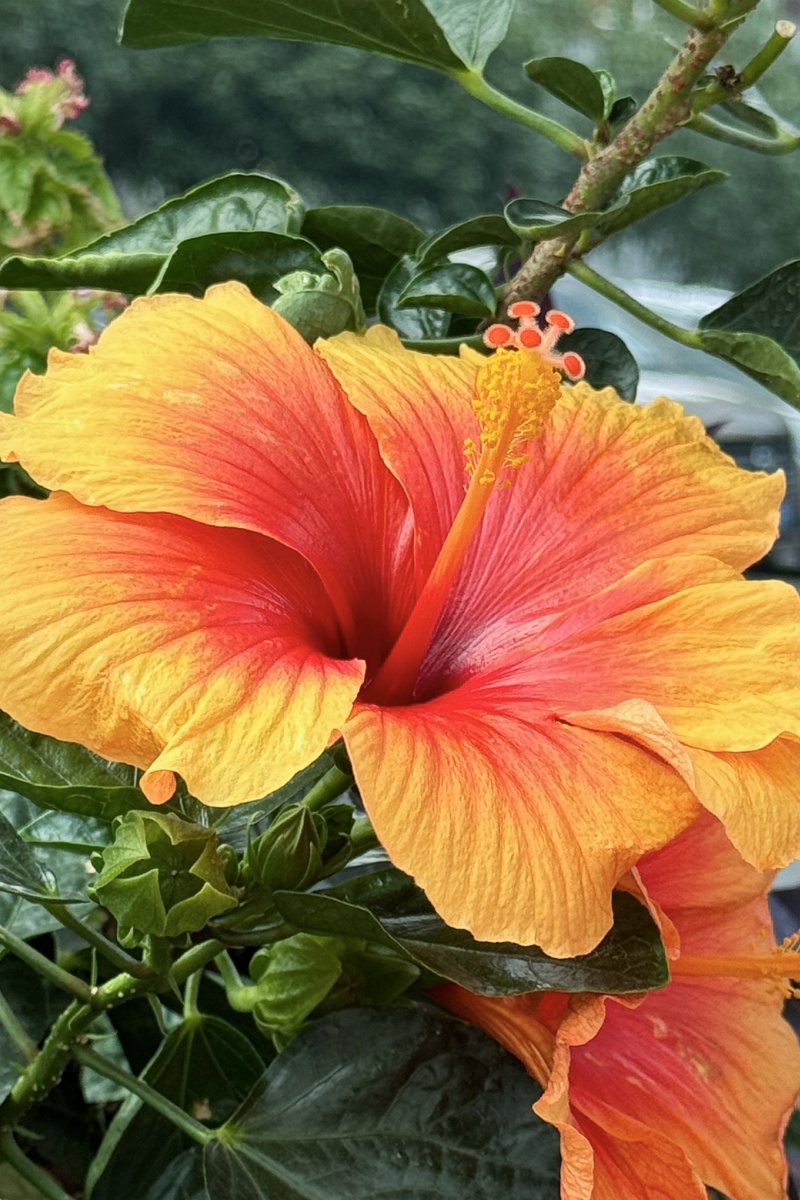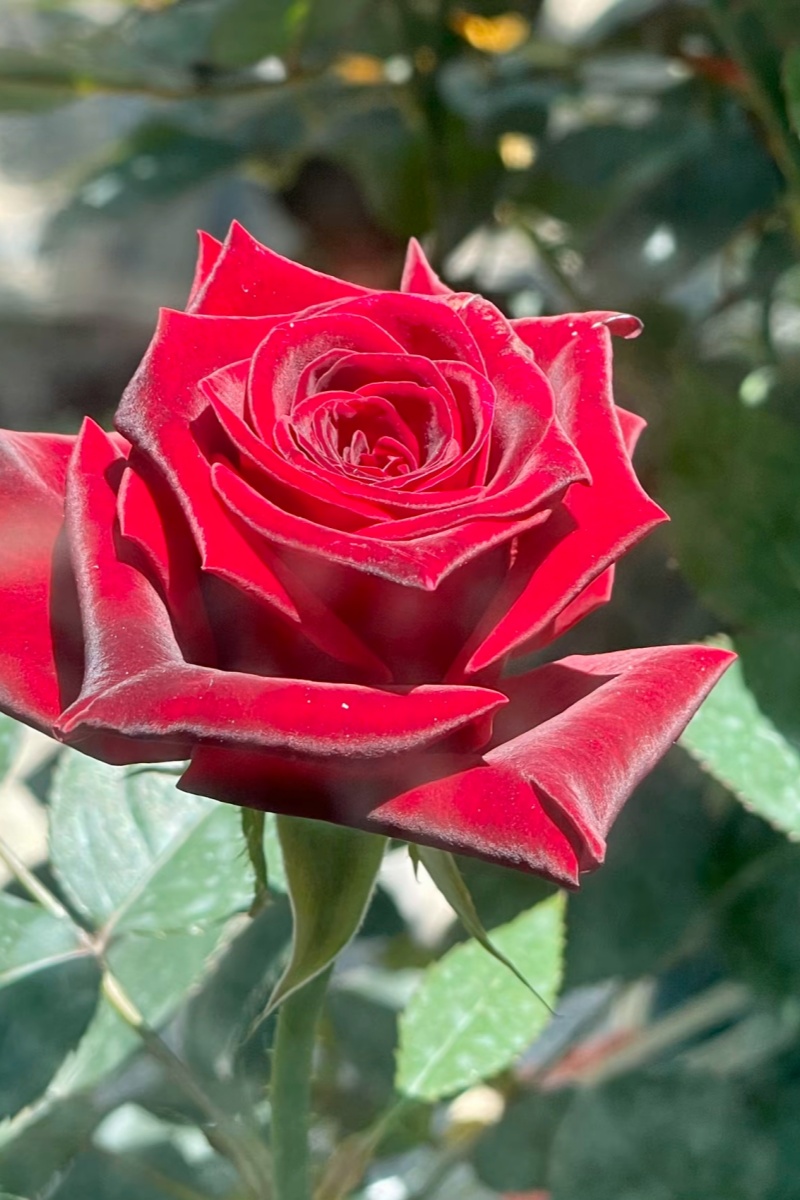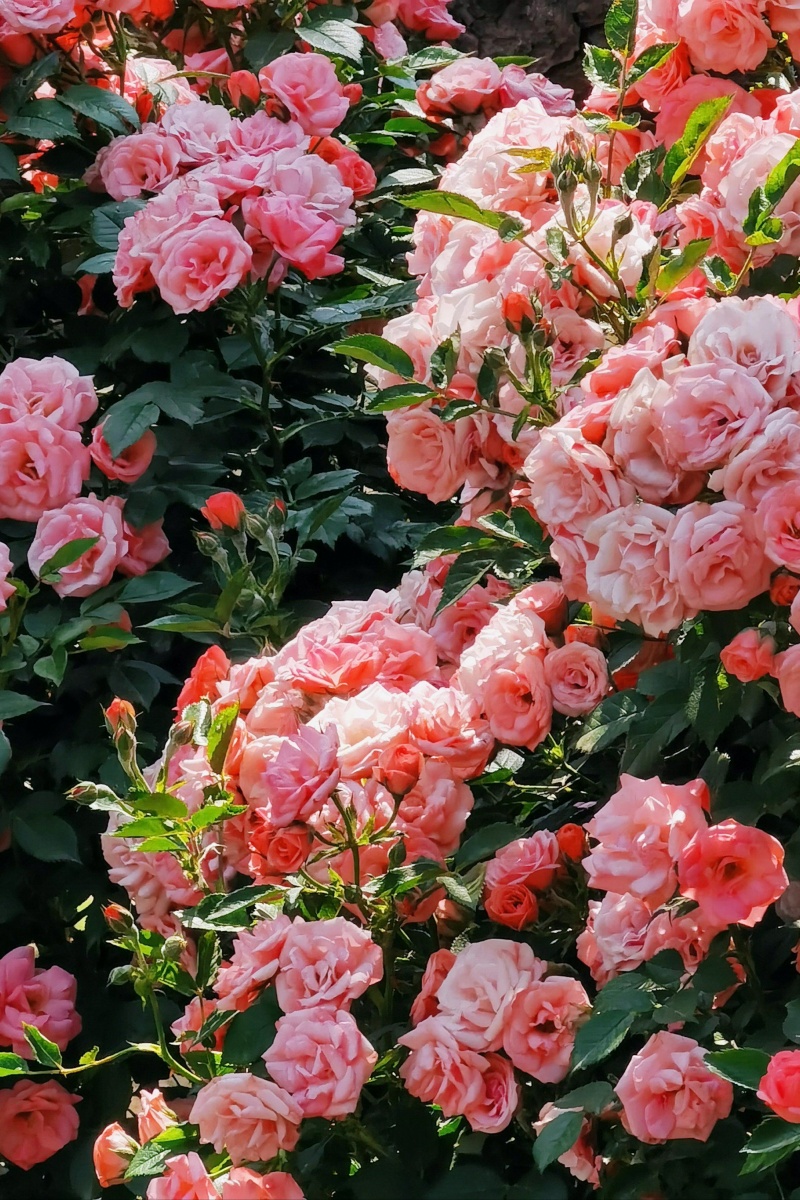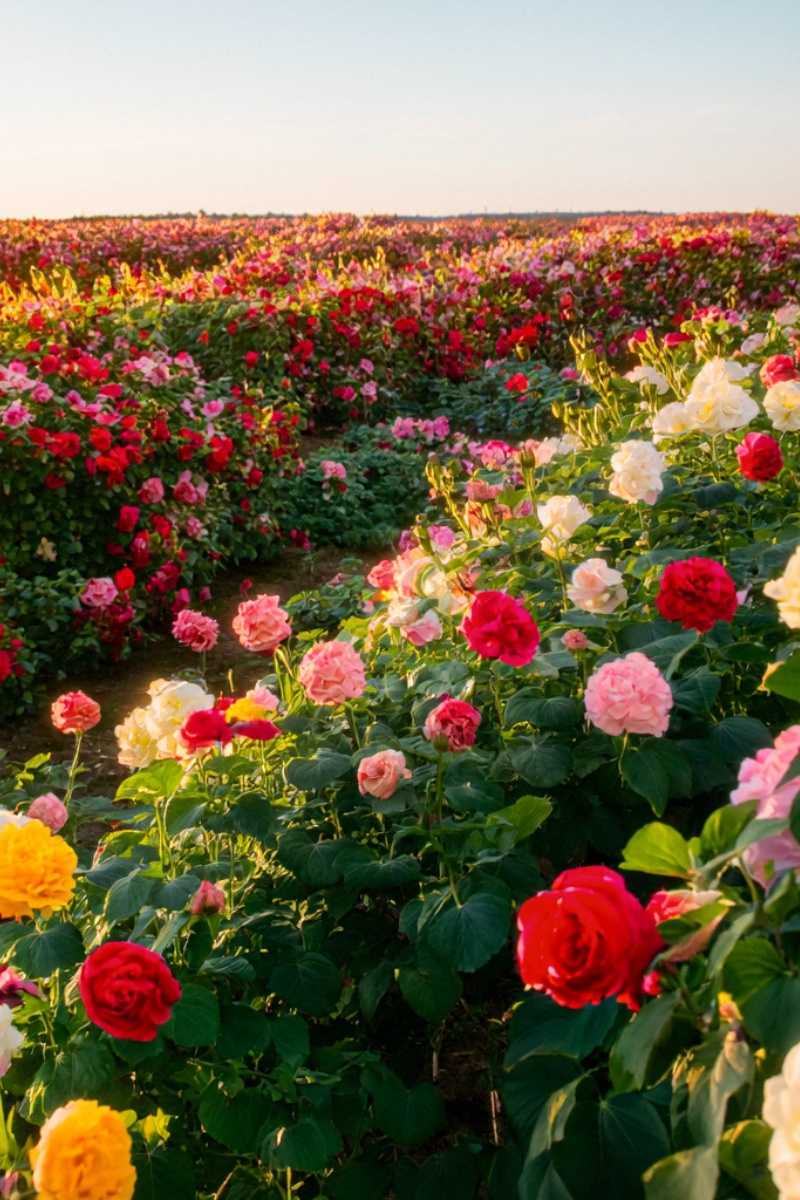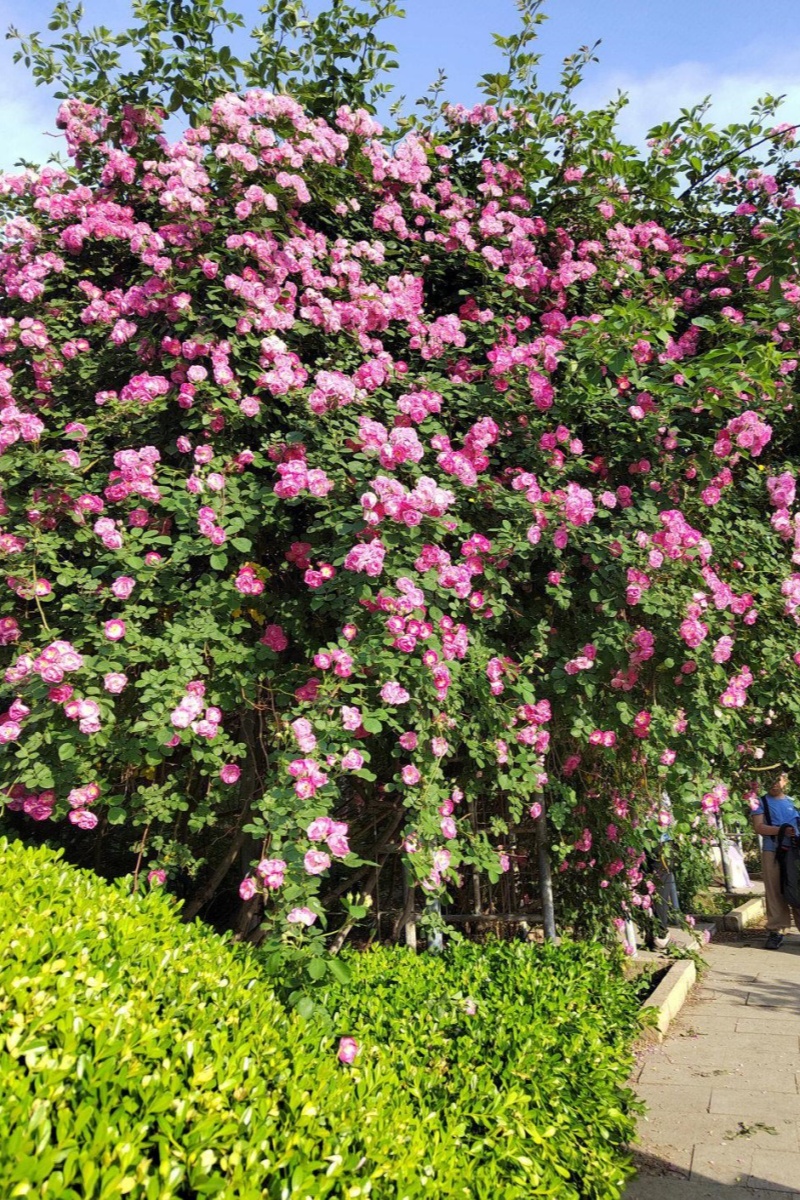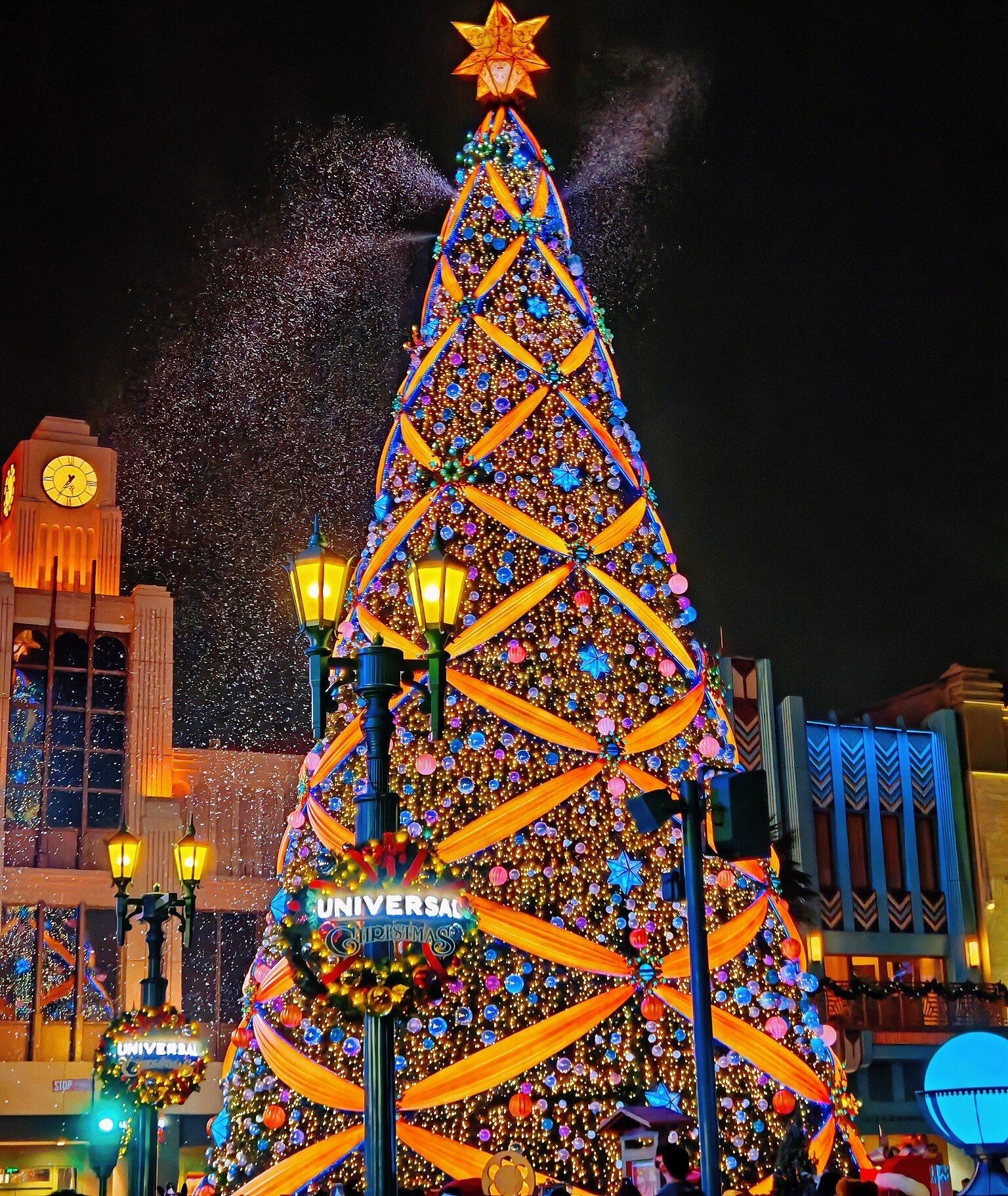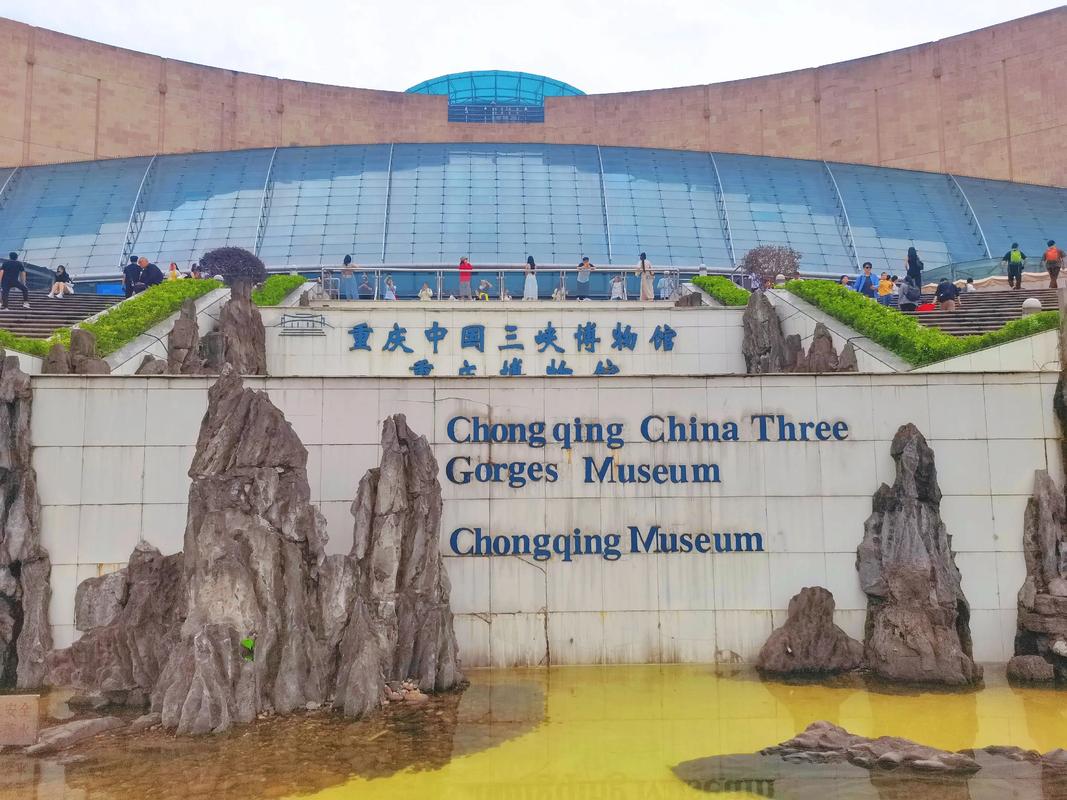Not every “China rose” is a rose—and not every hibiscus grows in the tropics. If you’ve ever wondered what flower you’re actually looking at in a Chinese garden, you’re not alone. Locals mix them up, too. This guide makes it easy: how to tell them apart, where to spot the best blooms across China, and what they really mean in local life.
What are China Rose and Hibiscus really?
- Hibiscus
- China Rose
What is a China Rose (Rosa chinensis)?
The China rose, or Rosa chinensis, is no stranger to elegance. Native to Southwest China, this flowering shrub belongs to the rose family (Rosaceae) and is a core species in Chinese garden history. Unlike Western hybrid roses with thick, compact blooms, the China rose shows off soft, layered petals and a gentle fragrance. It often blooms multiple times a year, even into winter.
You’ll find these roses in classic Chinese gardens, especially in Suzhou and Hangzhou, where their presence symbolizes grace and love. In art and literature, they’ve been linked to feminine beauty and endurance. Don’t confuse them with European roses—they’re lighter, often in pink or red, and grow as shrubs with serrated leaves.
They’re also edible. In provinces like Yunnan, people make rose jam, pastries, and tea from this flower. And yes, the flavor is as delicate as it looks. Whether you spot it in a courtyard or taste it in a dessert, the China rose is all about understated charm and cultural depth.
What is a Hibiscus?
The Hibiscus rosa-sinensis, often mistaken as the “China rose,” is actually part of the mallow family (Malvaceae). This tropical showstopper is best known for its large, trumpet-shaped flowers and a center stamen that sticks out like a firework. You’ve probably seen it on Hawaiian shirts—but in southern China, it grows wildly along village roads and temple fences.
The hibiscus is more than eye candy. In Guangdong and Hainan, it’s used in herbal drinks, cooling teas, and even natural dyes. Its bloom only lasts one or two days, but the plant produces flowers constantly during warm months. That makes it a perfect candidate for vibrant gardens or balconies.
In Chinese culture, hibiscus often symbolizes hospitality and warmth, especially in southern folk traditions. It’s the kind of plant that welcomes you in with color, and in some places, is woven into garlands during festivals. Locals love how it thrives in humidity—and how easy it is to care for.
Key Differences Between China Rose and Hibiscus
| Feature | China Rose (Rosa chinensis) | Hibiscus (Hibiscus rosa-sinensis) |
|---|---|---|
| Plant Family | Rosaceae (Rose family) | Malvaceae (Mallow family) |
| Flower Shape | Layered petals, classic rose style | Trumpet-shaped, flat petals |
| Color Range | Mostly pink, red, white | Red, yellow, orange, pink |
| Leaf Shape | Serrated edges, glossy surface | Oval, smooth edges |
| Symbolism in China | Love, beauty, elegance | Warmth, friendliness, hospitality |
| Cultural Uses | Rose jam, desserts, cosmetics | Herbal tea, garlands, folk medicine |
| Bloom Duration | Repeated blooming over seasons | Each flower lasts 1–2 days, blooms constantly |
| Native Region | Southwest China | Southern China, Southeast Asia |
| Common Confusion | Often confused with hibiscus due to nickname | Often nicknamed “China rose” by mistake |
How to recognize China Rose and Hibiscus?
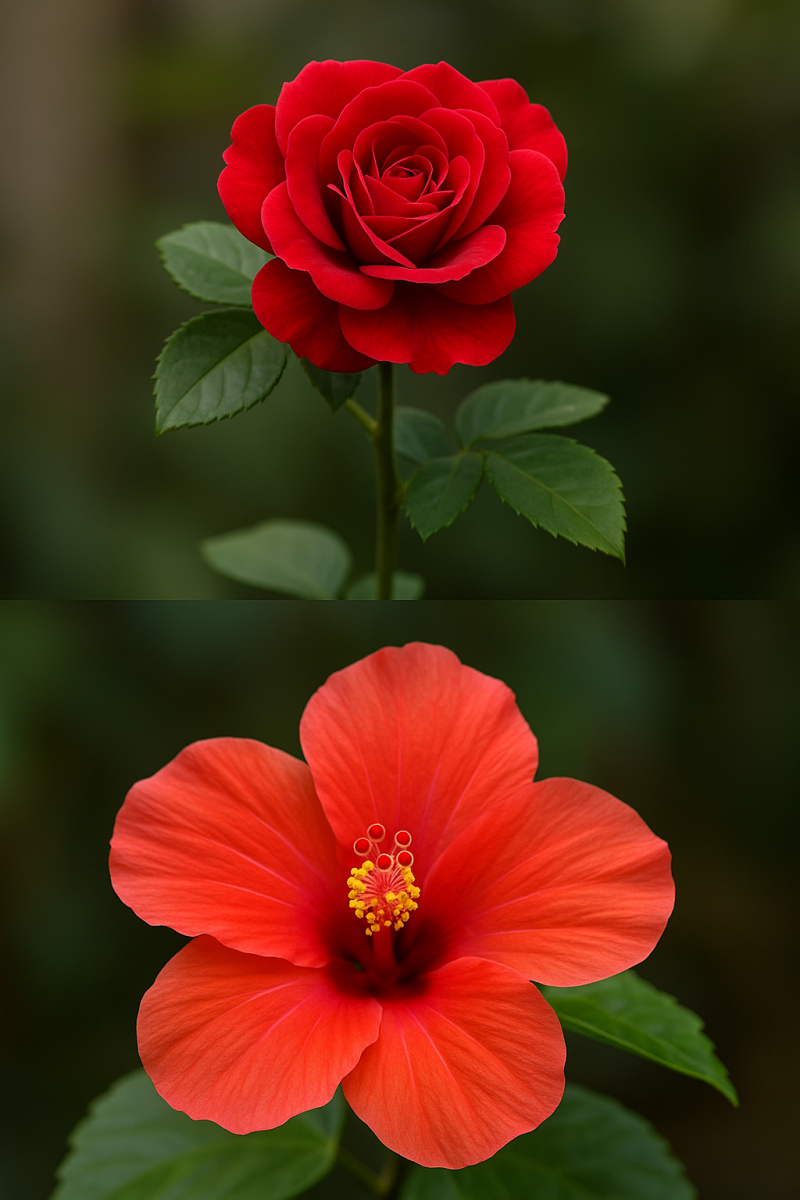
China Rose (Rosa chinensis) on top, Hibiscus (Hibiscus rosa-sinensis) below
Spotting them by flowers and leaves
At first glance, china rose hibiscus plants might seem similar. But look closer—they’re easy to tell apart once you know what to check. First, focus on the flowers. Rosa chinensis has a layered petal structure, much like traditional roses seen in Western bouquets. The petals overlap in spirals, giving them a “full bloom” look. They often come in softer colors like blush pink, gentle red, or creamy white.
In contrast, Hibiscus rosa-sinensis has large, open-faced flowers, shaped like trumpets. Each bloom is bold and dramatic, with five wide petals that flare outward. The center usually features a long, protruding stamen column, almost like a sparkler. Their colors? Way more tropical—deep red, bright yellow, coral orange, and hot pink. It’s hard to miss them.
Now check the leaves. China rose leaves have jagged edges—you’ll see tiny points along the sides—and they often have a waxy sheen on top. Hibiscus leaves, meanwhile, are smoother and more oval-shaped, with a softer look overall. Once you know this trick, you’ll never mix them up again—one’s a quiet poem, the other’s a full-on firework.
What their shape and growth style tell you
Flower shape isn’t the only clue—check how the plant grows. China rose hibiscus plants have totally different vibes when it comes to height, structure, and presence. A China rose bush (Rosa chinensis) tends to grow upright, with stiff, woody stems. In old Chinese gardens, these shrubs are carefully pruned to form tidy rows or circular clusters. They often sit just below waist height, perfect for admiring close-up.
On the flip side, hibiscus (Hibiscus rosa-sinensis) is way more chill. It’s bushy, sprawling, and can grow as high as 2–3 meters if left alone. In tropical areas like Hainan or Yunnan, hibiscus often forms natural hedges or wild roadside patches. The plant doesn’t mind growing sideways or in clusters—it’s like a friendly guest who makes itself at home in every corner.
Also worth noting: bloom behavior. China roses tend to flower repeatedly in shorter bursts throughout the year. Hibiscus flowers are more dramatic but short-lived—each bloom lasts a day or two, then falls off, only to be replaced almost immediately. If you're watching one bloom fade while another is opening on the same stem, you're looking at a hibiscus.
How do you care for China Rose and Hibiscus?
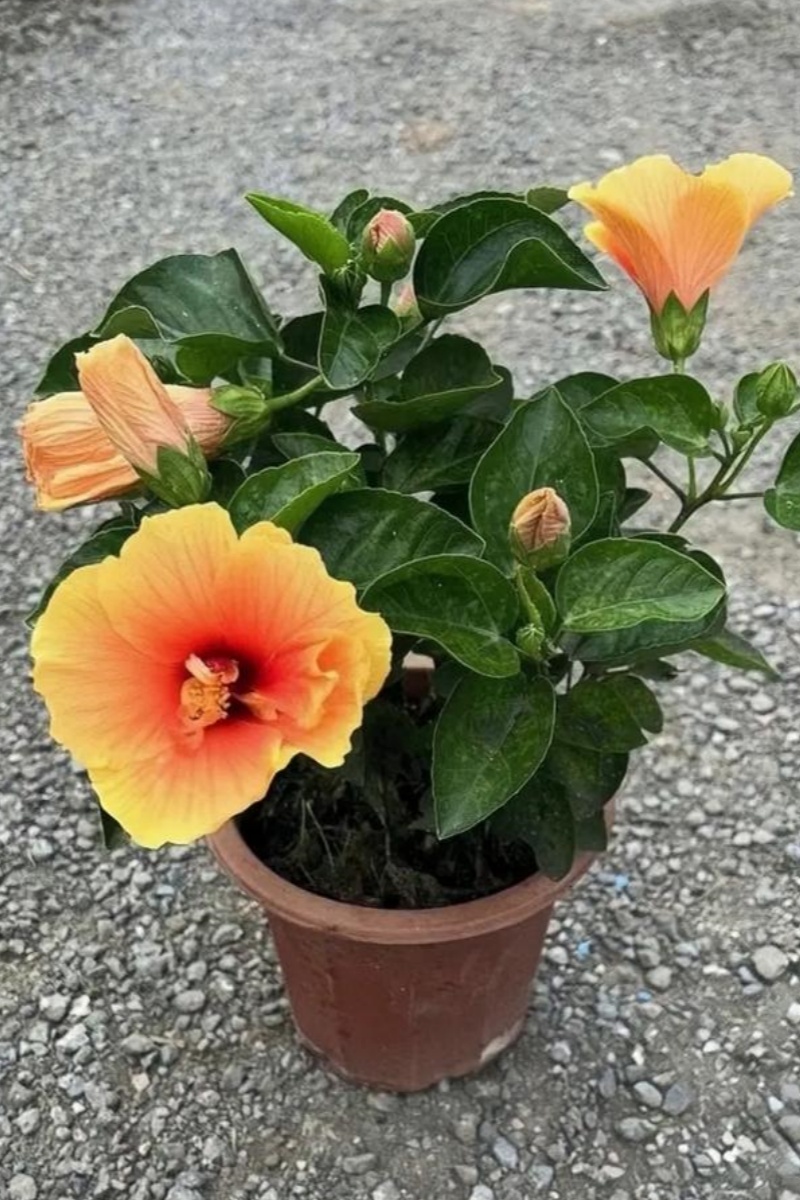
Hibiscus potted plant
Watering
China rose hibiscus likes moist—not soggy—soil. Water when the surface feels dry, and let excess water drain completely. Always empty the saucer; soggy roots mean trouble. Use rainwater or filtered water at room temperature, especially for hibiscus, which dislikes hard water. In hot seasons, water more often but avoid flooding the roots.
Spraying
Dry indoor air stresses these plants. Lightly mist the leaves during hot summers or dry winters to keep humidity balanced. Use soft water—hibiscus reacts badly to minerals in tap water. A spray every few days helps leaves stay fresh and prevents browning tips.
Repotting
Repot your china rose hibiscus every spring if roots get tight. Choose a pot 2–5 cm wider and deeper. Terracotta pots are best. Use flowering plant soil, or mix peat, sand, and compost. Add drainage layers like gravel at the bottom. After planting, set the pot on wet pebbles to boost humidity.
Fertilization
Feed regularly during spring and summer. These plants are hungry when growing. Use liquid fertilizer for blooming plants every 2 weeks. Skip fertilizing in fall and winter. Overfeeding causes yellow leaves, so go light if you’re unsure.
Pruning
Cut off dead or leggy branches after each bloom cycle. Trim just above a leaf node to shape the plant and encourage more flowers. If it looks messy or too tall, don’t be afraid to prune back one-third—it’ll grow back stronger and bushier.
Propagation
Take an 8–10 cm healthy stem without flowers. Remove lower leaves and dip the base in rooting powder. Plant it in moist potting mix and cover with a clear bag or put it in a mini greenhouse. Mist daily and lift the cover for a few minutes each day for airflow.
Where can you find China Roses and Hibiscus in China?
- China Rose
- China Rose
- China Rose
Famous gardens make the perfect viewing spots
If you’re a flower lover visiting China, start with its classic botanical gardens. These places aren’t just pretty—they’re loaded with local stories. Take the Beijing Botanical Garden, for example. Nestled near the Fragrant Hills, it houses over 1,000 plant species, including China roses and Hibiscus shrubs in full bloom during spring and early autumn. You’ll find signs in English, and most ticket booths have staff who can help with simple translations. Entry usually costs around 15 RMB, and you can buy tickets via Ctrip easily.
Down south, Guangzhou’s Yuntai Garden steals the show. Locals call it the “living rainbow,” thanks to its layers of roses, hibiscus, and tropical blossoms planted across terraces. This garden blends Southern China’s humid air with wide floral beds that stay colorful year-round. Think Singapore Botanic Gardens, but with a Cantonese twist. It’s a 35 RMB visit and open year-round.
For travelers looking for peace, head to Hangzhou’s Botanical Garden, right by the famous West Lake. It offers quiet trails where China rose hibiscus hybrids peek through the greenery. In spring, the air smells faintly sweet, and elderly locals stroll past talking about how these flowers showed up in old paintings and poetry. If you're into photography, come just after a light rain—the colors pop like ink on rice paper.Beijing
- Botanical Garden: 15 RMB
- Yuntai Garden (Guangzhou): 35 RMB
- Hangzhou Botanical Garden: Free
- Tickets: Search “Botanical Garden” on Ctrip with city filter
- Most sites allow same-day tickets and support foreigners
Some ancient courtyards still keep them blooming
While big gardens are great, the magic of china rose hibiscus plants shows up in quieter spots too. In Suzhou, known for its classical gardens, you’ll stumble upon delicate rose shrubs tucked beside ponds and rockeries. Places like the Master of the Nets Garden or Lion Grove Garden aren’t huge, but every corner is full of detail. Locals say the flowers mirror the Confucian idea of harmony—tough yet gentle, bold but refined. Tickets are around 30–45 RMB, and both spots offer English audio guides.
If you’re headed west, Chengdu has gems like Wangjianglou Park, where hibiscus trees bloom near ancient bamboo groves. The area honors Xue Tao, a Tang Dynasty poet, and it’s said she once used hibiscus petals to dye paper for her poems. That’s the kind of story you’d never guess from just a pretty flower—but here, it’s part of the landscape. Entry is free, and locals love doing tai chi there in the morning.
Some Beijing hutongs also surprise you. Courtyards in places like Mao’er Hutong often feature potted China roses. Locals there aren’t shy about inviting curious travelers in for a peek and a chat—especially if you show interest. It’s the kind of unexpected cultural exchange that’s way more memorable than a tour group photo.
- Master of the Nets Garden (Suzhou): 30 RMB
- Wangjianglou Park (Chengdu): Free
- Mao’er Hutong (Beijing): Free to walk, private courtyards vary
Looking for wild blooms? Head south
Southern China doesn’t hide its flowers—it lets them grow wild. In Yunnan, Guangxi, and even parts of Hainan, hibiscus rosa-sinensis lines the roads, framing rice paddies, villages, and temples. These places don’t need fences or plaques—nature just does its thing. If you’ve been to Bali or rural Thailand, this vibe might feel familiar, but with more subtle, slow beauty.
In Xishuangbanna, a region in southern Yunnan, Hibiscus flowers bloom beside Dai-style stilt houses, giving visitors a full sensory picture: red petals, green palms, and the smell of rain. Tourists often rent scooters or bikes to explore countryside paths. Local guesthouses sometimes grow hibiscus to brew tea for guests—yes, you can drink what you see.
Guiping in Guangxi has entire streets lined with wild China roses, blooming in deep red and soft pink. Local legend says these roses were planted during the Ming Dynasty and have survived centuries of war, rain, and time. This mix of nature and history? It makes for amazing photo stops. Just show the Chinese name “月季花” if you want directions—most locals will light up and help.
- Xishuangbanna (Yunnan): Free access to most areas
- Guiping Old Town (Guangxi): Free, small town setting
- Suggested travel time: March–June or September–November
- English may be limited—use apps like Pleco or Google Translate
Where can You capture the best flower photography in China?
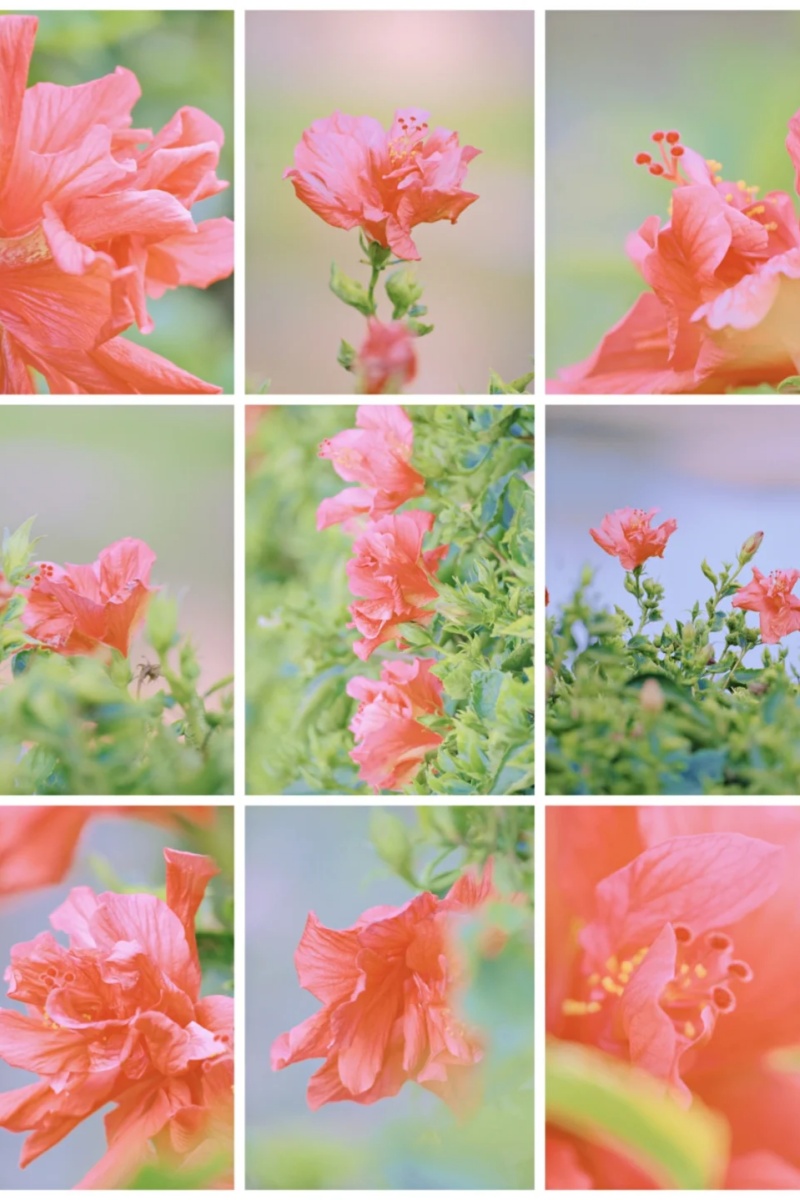
Hibiscus
Best seasons for blooming beauty
If you're serious about photographing china rose hibiscus, timing is everything. These flowers follow the rhythm of nature, not your vacation calendar. Hibiscus blooms from March to November, peaking during humid summer months. China roses, on the other hand, prefer spring and early summer—April to June is their sweet spot. You’ll find the brightest blooms under soft morning light or after light summer rain.
Want dramatic backdrops? Plan your flower hunt around key Chinese holidays. Around Qingming Festival (early April), parks are freshly cleaned, skies are clearer, and spring flowers are in full swing. During Dragon Boat Festival (June), many southern cities hang hibiscus garlands on doorways for good luck—perfect candid material. Avoid major national holidays like Golden Week unless you’re into crowds.
Weather tip: Bring a lens cloth. China’s humidity and mist can fog up your gear quickly. Also, flowers in high-humidity areas like Guangxi or Hainan look better after rain—but so will mosquitoes. Apply bug spray generously before you go scouting for petals.
- Best time for hibiscus: March–November
- Best time for China roses: April–June
- Flower festivals: Qingming & Dragon Boat weeks
Photography tours and private garden sessions exist
If you’re the type who loves snapping petals up close, you’ll be glad to know that China has a growing photo tour scene, especially in scenic cities like Suzhou, Guilin, and Hangzhou. Some tour companies offer early-access passes to classical gardens so you can shoot china rose hibiscus before crowds arrive. These tours often include a local guide who knows both flower names and the best lighting angles.
For something more relaxed, consider booking a private session in a tea garden or courtyard inn. In places like Dali or Yangshuo, hosts sometimes open their blooming patios for guests to photograph during golden hour. Many of them are also amateur florists or art lovers—you’ll get great tips on how to shoot against traditional tiled roofs or bamboo shadows. Some even lend tripods or reflectors.
Want a model? Some studios in Hangzhou and Suzhou offer flower-themed hanfu photoshoots, where you can dress in traditional Chinese clothing and pose in gardens filled with roses or hibiscus. Prices range from 150–400 RMB, and the photos? Instagram gold.
- Garden access tours: search on Ctrip
- Tea garden photo spots: Airbnb Experiences or hostel boards
- Hanfu flower shoots: 150–400 RMB, book via Meituan
Frequently Asked Questions (FAQs)
Q: Are these flowers used in any local Chinese dishes or drinks?
Yes, both flowers actually show up in food and drinks. China rose is often turned into jam or tea. You’ll see rose-flavored desserts in Yunnan, Gansu, and even Beijing cafés. Some bakeries make rose cakes with real petals. The flavor is mild, slightly sweet, and very fragrant. Hibiscus is more common in drinks. In southern China, people brew hibiscus tea for cooling down. It’s red, tangy, and great in hot weather. You can buy dried hibiscus flowers at markets or souvenir shops. Many locals mix them with goji berries or dried plums. These teas are popular during the Dragon Boat Festival season. If you’re near Hainan or Guangzhou, try ordering one cold. Some small restaurants and tea shops serve it in glass jars. Always ask if it’s homemade or store-bought. The homemade ones taste much better. Just look for “洛神花茶” on the menu. That’s hibiscus tea in Chinese.
Q: Is it easy to grow these flowers back home outside China?
It depends on your climate, but yes, it’s possible. China rose grows well in temperate zones with mild winters. Hibiscus needs warmer conditions and hates cold weather. If you live somewhere warm like Florida or southern Europe, it’s easier. Start with seeds or small potted plants from a nursery. Make sure they get lots of light—six hours at least. Use pots with drainage holes and water when the soil feels dry. Don’t let them sit in standing water. That causes root rot fast. In winter, bring them indoors if it gets below 10°C. Hibiscus especially needs warmth to survive. You can also try a greenhouse if space allows. Some people use grow lights to help with bloom cycles. Keep humidity steady by spraying the leaves or placing a tray of water nearby. If you care for them properly, they’ll flower often. Just be patient, and they’ll reward you every season.
Q: Are these flowers important in Chinese festivals or traditions?
They’re not as famous as plum blossoms or peonies, but they still matter. Hibiscus shows up in southern traditions, especially during summer festivals. In some villages, people hang hibiscus on doors for good luck. Others make flower garlands for temple visits. During the Dragon Boat Festival, hibiscus drinks help cool the body. China roses are more tied to personal symbolism. They often show up in poems, embroidery, and wedding decorations. Some cities host rose-themed flower fairs in spring. These events attract both locals and tourists. You’ll see dances, tea stalls, and handmade crafts featuring flower motifs. If you visit a garden during a local holiday, you might catch a small cultural show. Roses and hibiscus appear in costumes, hair accessories, and even snacks. While they’re not the headline flowers, they carry real meaning. Locals associate them with beauty, youth, and hospitality. That’s why you’ll often see them in places of welcome or quiet celebration.
Q: What diseases affect China rose and hibiscus plants in China?
Both China rose and hibiscus are hardy, but they still face some problems. The most common issue is leaf spot, especially in humid places like southern China. You’ll see small brown dots that spread fast. It usually happens when there’s too much rain or poor airflow. Cut off affected leaves and avoid watering the top of the plant. Another big problem is aphids. These tiny bugs love new shoots and flower buds. They suck the sap and make leaves curl or turn yellow. Spray neem oil or soapy water on them early in the morning. Hibiscus also gets attacked by spider mites in dry weather. You’ll spot webbing and dusty leaves—mist your plant often to stop them. Both plants can suffer root rot if the soil stays wet. Always use well-drained pots and don’t let water sit in the saucer. Spot issues early and your plant stays happy and blooming.
Q: What natural enemies do China rose and hibiscus have in China?
China rose and hibiscus may look tough, but bugs love them. Their biggest enemies are aphids and whiteflies. These tiny pests suck juice from young shoots and buds. Leaves turn sticky, then yellow, then fall off. It happens fast, especially in spring. You’ll also spot ants nearby—they farm aphids for their sweet secretions. Another threat is spider mites, especially during dry months. They hide under leaves and leave thin webs. Leaves start looking dusty or pale. If you shake the leaf and see specks move, that’s them. Caterpillars also chew through hibiscus leaves, especially near rural gardens. Sometimes, beetles eat the flower petals too. Birds rarely eat them, but snails do—especially after rain. To fight back, use neem oil spray or wipe leaves with soapy water. Don’t let dead leaves pile up. That’s where bugs hide. Good airflow and clean pots keep most enemies away. Watch closely, and your plant will stay blooming strong.
Q: Do China rose and hibiscus attract mosquitoes or pests around the home?
No, the flowers themselves don’t attract mosquitoes. What attracts them is standing water. If your pots don’t drain well, the water collects at the base. That’s mosquito paradise. Hibiscus plants also need frequent watering, so people often leave saucers full—bad idea. China rose can be less demanding, but wet soil still brings gnats. The scent of these flowers isn’t strong enough to lure insects. However, aphids, whiteflies, and spider mites do love both plants. Once they settle in, ants follow. They work together. The bugs suck the plant sap, and ants eat the sweet stuff. You’ll see sticky leaves and black mold if it gets bad. Keep your pots clean, check leaf undersides often, and water just enough. Trim away dead flowers fast—they decay and draw in flies. In short: it’s not the flowers causing problems. It’s how you care for them. Treat the soil right, and pests stay away.
Q: Can I grow China rose or hibiscus on a city balcony in China?
Yes, you totally can. These plants love balconies with good sun. Hibiscus needs more light—at least 6 hours a day. China rose is a bit more forgiving but still wants bright spots. The main thing is space. Use deep pots, around 25–30cm. These roots spread fast. Good drainage is key, especially in rainy cities like Chongqing or Shanghai. Too much water ruins roots. If your balcony gets strong wind, place the pot near a wall or railing. Hibiscus branches snap easily in storms. Don’t forget: city air has dust. Clean the leaves every week so they breathe well. Fertilize lightly during warm months. In cold areas like Beijing, move pots inside before winter hits. Hibiscus hates the cold. China rose might survive frost, but it won’t bloom. City life doesn’t stop these flowers. With a bit of care, they bloom just as beautifully up high as they do in gardens.
Want more China travel ideas? Check out our city guides on Beijing, Shanghai, Guangzhou, and Chengdu.
